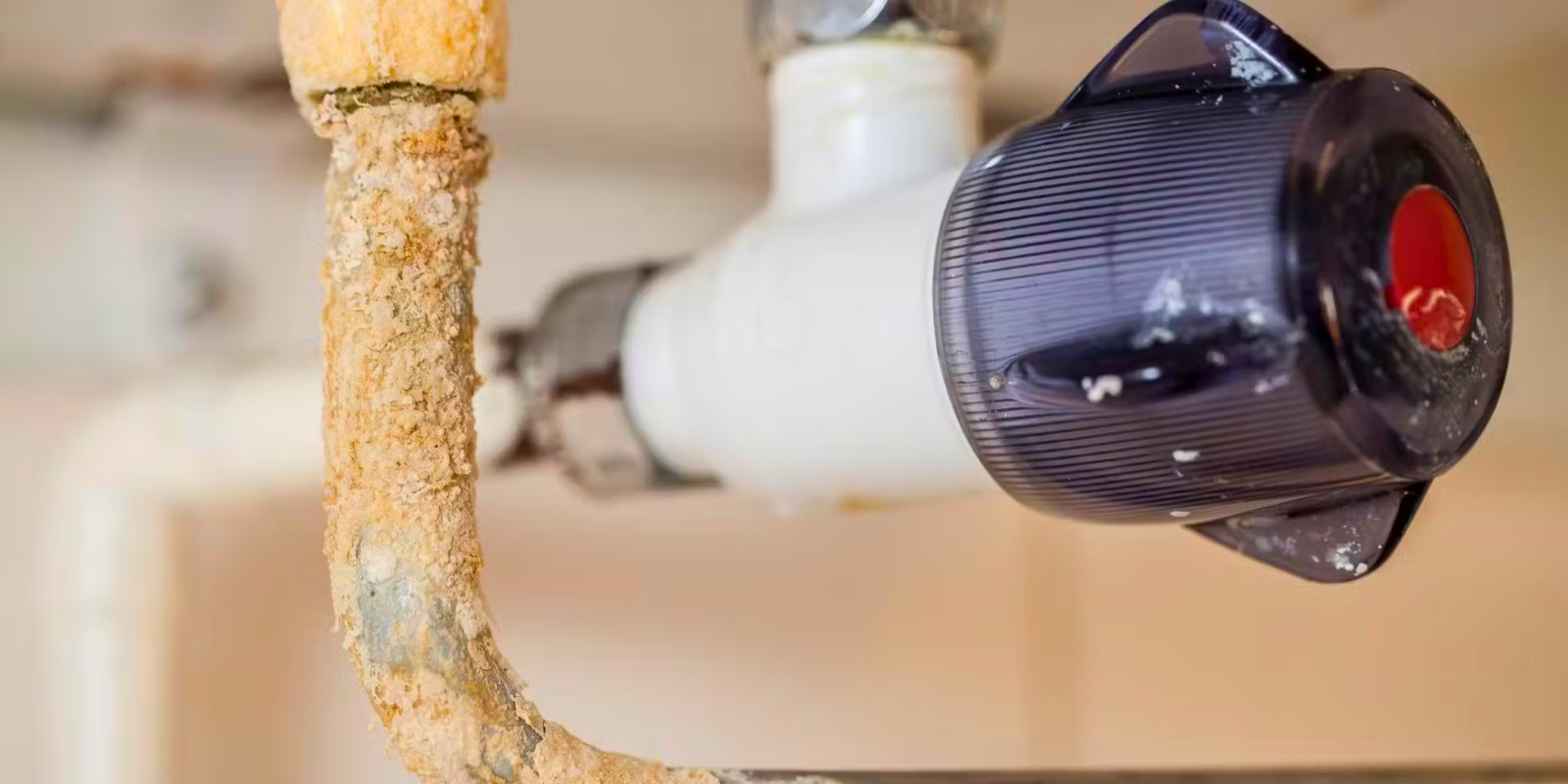
Experiencing low water pressure in your home can be incredibly frustrating, whether it’s in the shower, at the kitchen sink, or when doing laundry. This common issue can stem from a variety of causes, ranging from minor problems like a clogged aerator to more serious issues such as corroded plumbing. Understanding the underlying reasons for low water pressure and knowing how to address them can help restore your home’s water flow to optimal levels.
In this blog, we’ll explore some of the most common causes of low water pressure and provide practical solutions to fix them.
Some of the major causes of low water pressure are listed below:
Improving low water pressure often involves identifying and addressing the root cause of the problem. Start by checking for visible leaks and ensuring all valves are fully open. Cleaning faucet aerators and showerheads can also help improve water flow. If the issue persists, consider installing a water pressure booster system, which can increase the pressure throughout your home. Regular maintenance, such as flushing your water heater and cleaning your pipes, can also prevent future issues.
If you’ve tried the above solutions and the water pressure remains low, it might be time to consult a professional plumber. Persistent low water pressure can indicate more serious problems such as pipe corrosion, a failing water pressure regulator, or issues with the municipal water supply. A professional can conduct a thorough inspection, diagnose the problem, and recommend the best course of action. They can also advise on whether replacing old plumbing systems might be necessary to resolve the issue permanently.
If you're experiencing low water pressure, here are some steps you can take to troubleshoot the issue:
Don't let low water pressure disrupt your daily routine. Contact ERM Plumbing & Heating, Calgary’s top-rated plumbers, for fast and reliable service. Our experienced professionals are equipped to diagnose and fix any water pressure issues, ensuring your home’s plumbing system runs smoothly. Call us today to schedule an appointment and restore your water pressure to optimal levels!
.jpg)
Actionable strategies to protect your pipes during our harsh winters.
Read More
As Calgary shifts from summer into cooler evenings, many homeowners will soon test their furnace
Read More
If you live in Calgary, chances are you have dealt with hard water at some point.
Read More